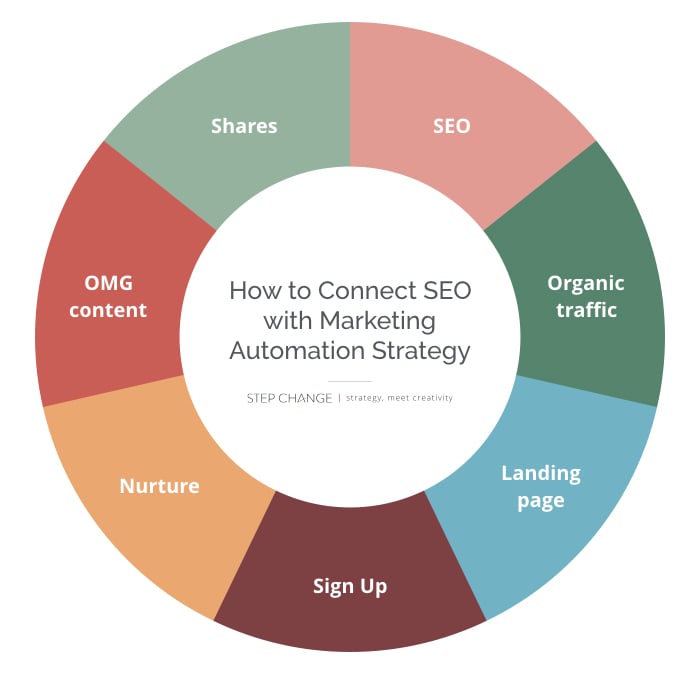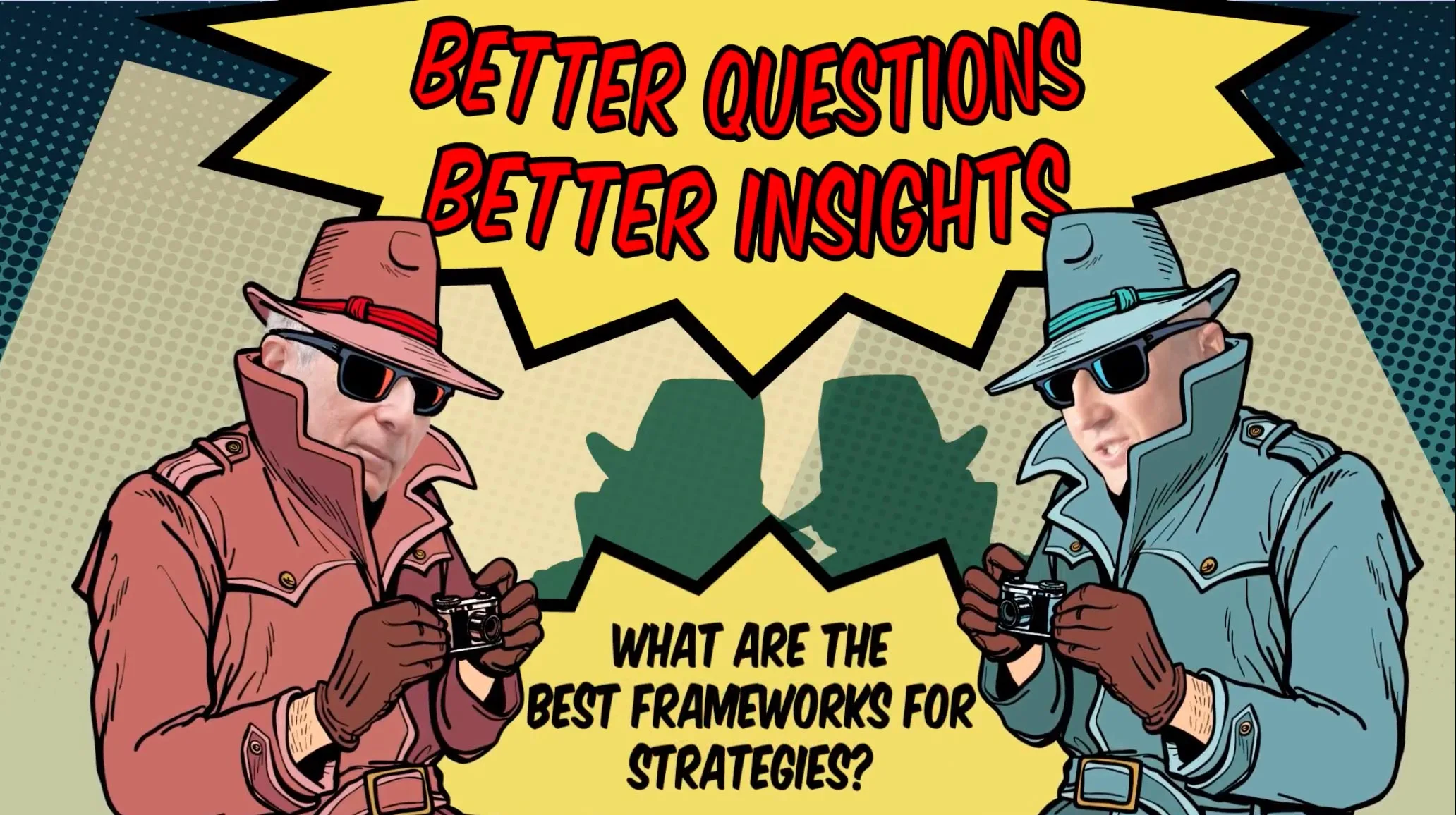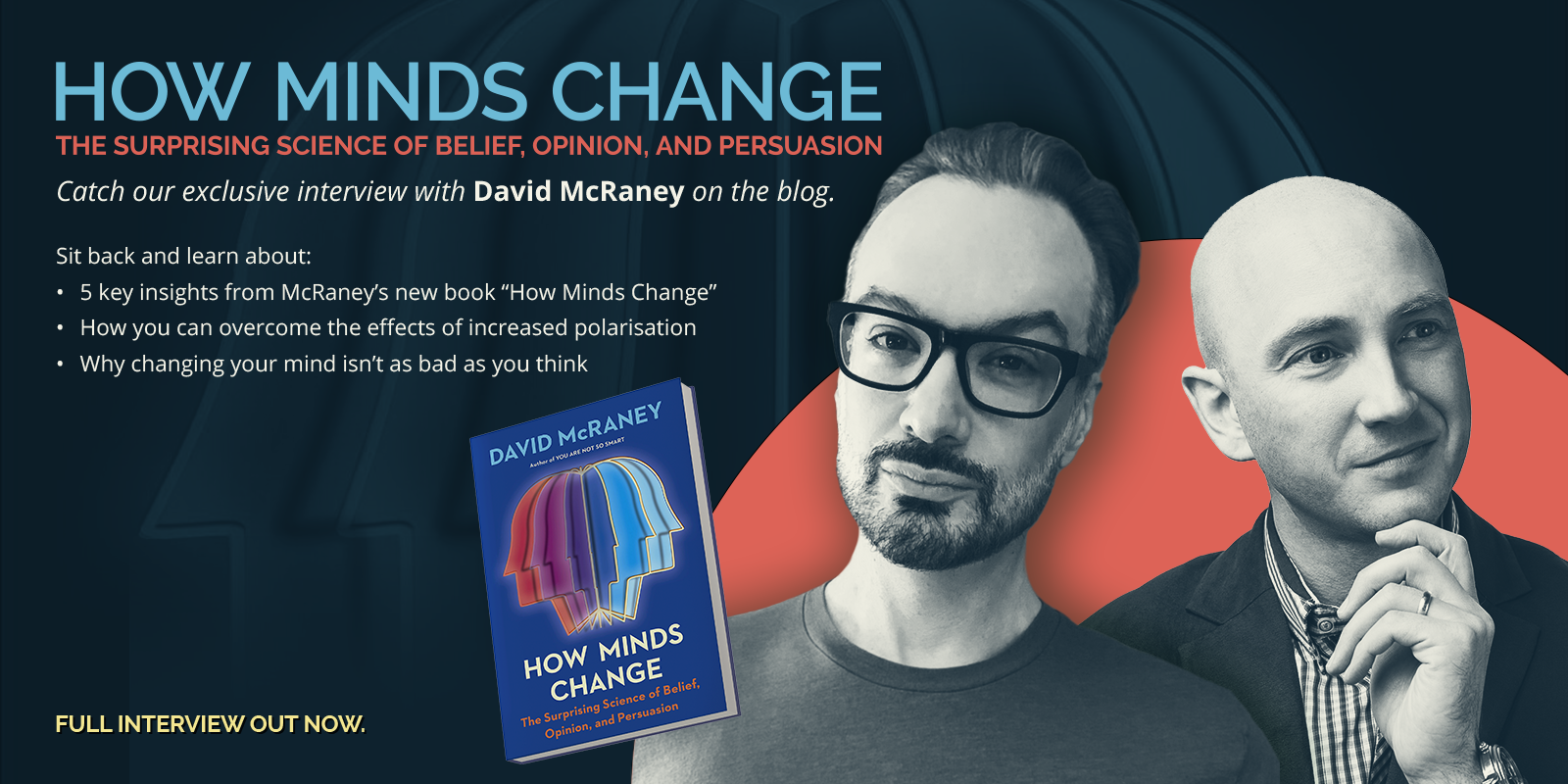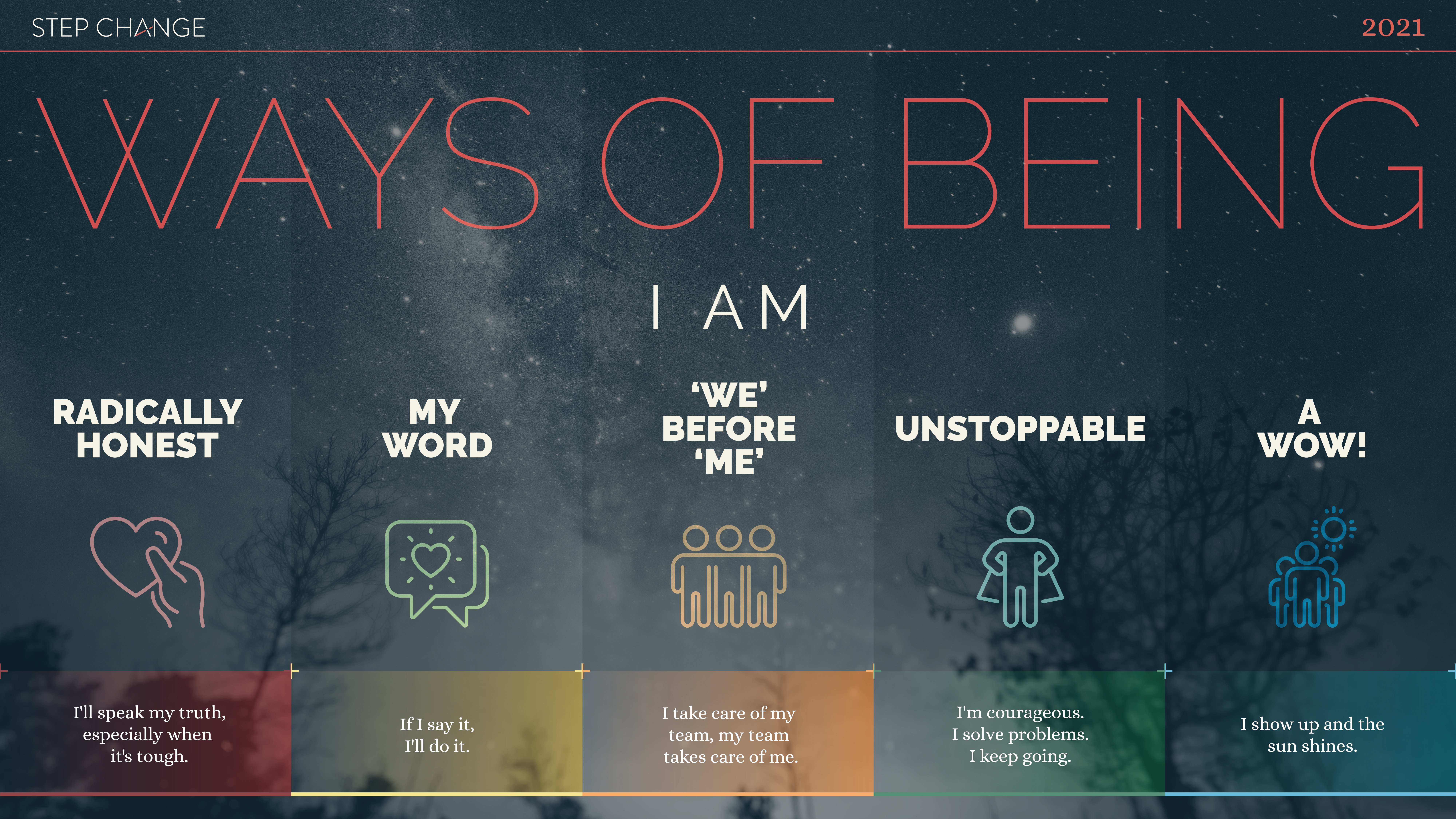Content is only as valuable as the audience it reaches. Marketing automation and SEO need to work together to boost your digital marketing efforts. By understanding how these two disciplines work together, you will be able to use them to gain a higher ROI.
What is the relationship between marketing automation and SEO? The two are ultimately parts of a larger digital marketing strategy: content marketing.
Content marketing is a form of inbound marketing focused on bringing leads into an organisation effectively, by providing the content they need. They are taken on a well-defined content journey, with the ultimate goal of acquiring a purchase or a commitment.
Compared to the discipline of SEO, marketing automation is relatively new. It relies upon a variety of software tools that have only recently started to enter into mainstream use, such as mass mailing utilities and automated social media scheduling suites.
Through marketing automation, marketers attempt to use technology to complete the more routine and mundane aspects of their marketing campaign.
Marketing automation may include the following:
-
Aggregating and posting articles on social media accounts
-
Sending emails to mailing lists at scheduled intervals or during triggered events
-
Scheduling blog content for publishing
-
Automatically responding to social media and email inquiries
By automating a marketing campaign, marketers can free up their time to concentrate on fine-tuning their marketing strategies.
Marketing automation increases content production, engagement, and social media activity, thereby increasing a company’s reach over time.
Comparatively, SEO is the skill of improving content to be easily discoverable by search engines and consequently those who are using search engines.
SEO may include the following:
-
Discovering keywords that people search for through search engine queries
-
Creating content optimised for search
- Incorporating keywords and key phrases that are commonly searched for through search engines
-
Tailoring content to specific demographics and geographic locations
-
Building up a reputable website that is often cited as a source by other websites
SEO is a discipline in itself, and at its core, it’s about making it easier for leads to find the content that is being presented.
SEO and marketing automation are all parts of a larger marketing strategy, and they need to be integrated into each other to be more effective. They have the following in common:
-
They are concentrated around the promotion of marketing content
-
Their processes are designed to funnel leads to an organisation’s content and to bolster the organisation’s reach
-
When used properly they occur automatically, bringing leads into the organisation without additional work from the marketer
Ultimately, integrating both will improve the ROI of both. SEO and automated marketing are critical components of an inbound marketing strategy, which will scale up over time and continually bring an organisation leads.
Further, when done right, it will build the reputation of a company over time, both through perceived authority with their readership and quantified credibility with search engines.
How to Integrate Marketing Automation with SEO
As with many elements of a content marketing campaign, marketing automation and SEO feed into each other in both directions.
SEO brings in marketing automation leads, while marketing automation can improve upon SEO.
Every additional marketing strategy provides exponential growth, as all of them interact together to create a fuller relationship between business and customer.
In a simple example, your organisation’s marketing automation and SEO may connect together in the following ways:

-
Optimise your website and content for search.
-
SEO brings in customers through organic traffic. When your target customers go online and search for a solution to their problem, they can find your business and they are then directed to your own media.
-
Leads are introduced to your business through a landing page. SEO is designed to bring leads to a landing page first, a specialised page tailored to pitching a product, service, or the company itself to a customer.
-
Leads sign up for the newsletter. Landing pages need to be optimised for commitment, which often involves the customer signing up for more information.
-
Leads are nurtured. Marketing automation provides content to the leads through your business e-newsletter. You may schedule this content at intervals and may further encourage target audience to sign up through social media.
-
Leads receive remarkable content. To get noticed, you need to create a remarkable piece of content. This means, write something that would truly resonate with your readers and address their pain points.
-
OMG content gets shared. Leads consume this content and share this content with their friends.
-
Improved SEO. Your SEO is then boosted through links and shares, as linking and sharing from reputable sites will make your own site appear to be more reputable.
While most online marketing campaigns will not be this straightforward, this is ideally how SEO and marketing automation will work together.
SEO and marketing automation supports multiple aspects of a complete content strategy.
In order to facilitate this, there are a number of techniques that an organisation can implement.
To better integrate SEO with marketing automation, you need to do the following:
Fine-Tune Your Landing Pages
Landing pages are the first page a lead will visit after being directed to your website through a search engine query.
A landing page is designed to entice the lead into further engaging with you, whether that engagement comes in the form of following you on social media, signing up for a newsletter, or committing to a purchase.
Landing pages should be designed to support marketing automation by collecting information necessary to send out automated messaging.
Create a Comprehensive Content Funnel
Leads often need multiple engagements with a brand before they make a commitment. A comprehensive content funnel is designed to guide the lead through different types of content and connections before they ultimately commit.
A lead may first visit a website, sign up for a newsletter, contact a customer service representative, and then finally make a purchase.
Not only do you need to identify the path a customer will take from initial point of contact to sale, but you also need to be able to track each customer’s progress through this path.
Analyse Their SEO Trends
You must be highly aware of the SEO trends that are impacting your search engine performance.
Bringing in more leads through SEO ultimately means that more leads will be involved in the your marketing automation strategy.
SEO changes from year to year — and often month to month. This means you must be vigilant in updating your SEO and following the newest standards.
If SEO performance goes down, marketing automation will have fewer leads to follow.
Encourage Linking and Sharing
Linking to content gives you further credibility in terms of search engines. Search engines naturally promote links that have been linked to from other authoritative sites.
To improve both SEO and marketing automation, make it easy for individuals to link and share their content.
Linking and sharing also brings in additional leads and builds brand awareness and perceived brand authority, both of which have long-term benefits to a content marketing campaign.
Focus on Creating the Right Types of Content
To properly integrate SEO with marketing automation, focus on creating content that will result in lead conversions.
Content that entices a lead to learn more, for instance, will entice the lead to sign up for an automated newsletter. Content that is designed to establish you as an authority will make a lead want to further engage with your, following you on your social media accounts and interacting with your content.
Automatically Post and Share Valuable Content
Both blogs and social media accounts should have valuable content shared on a scheduled basis. The regular the posting, the more users will be likely to follow and share.
Marketing automation should be sharing the same content that has been search engine optimised, thereby improving that content’s reach.
Engage through Social Media and Online Commenting
Engaging directly with users is one of the best ways for businesses to establish a relationship and rapport.
When users comment and interact with automated marketing — such as scheduled social media posts — every effort should be made to respond back to them.
Leads who feel engaged with will be more likely to share content further and will consequently be able to boost the content’s social media presence and search engine authority.
Track and Analyse Automation Efforts
Marketing automation links should always be thoroughly tracked and analysed to identify their effectiveness.
Tracking will show your business which links are being followed and shared, what type of content is most popular, and whether your content marketing campaigns are trending upwards or downwards in terms of interest.
Further, internal tracking leads to a better understanding of the content funnel, which will show you where potential leads may be leaving the funnel and when leads are most likely to make a commitment.
Trigger Your Automation More Effectively
With a solid understanding of your marketing funnel, you’ll be able to trigger your marketing automation at the most critical time.
Use sign-up forms, discounts, or other incentives to prompt leads who have not yet converted, based on their behaviour on the organisation’s website or their current position within the marketing funnel.
Apart from the above, the right technology is also important. Content suites are now designed to facilitate both automated marketing processes and search engine optimisation.
Marketing tools and customer relationship management tools can be integrated together to provide better tracking and analysis for leads, while marketing suites are able to combine an organisation’s automation, SEO, paid advertising, and other digital marketing efforts. Altogether, this creates a more complete picture for a marketer’s success.
Building Better Customer Relationships with SEO and Marketing Automation
Modern marketing is about interacting with customers on a personal level and ultimately building strong and lasting customer relationships.
By building better customer relationships, you will not only be able to secure sales but also encourage brand advocates who will further share information about their business and bring in additional leads.
Both SEO and marketing automation are designed to nurture customer relationships by establishing brand authority and brand identity and by making it easier for marketers to maintain their relationships with these customers.
While one-on-one customer relationships may be time-consuming to develop, every lead is important. Marketing automation and SEO are able to bring in these leads and continuously interact and engage with them, without sacrificing your administrative time and resources.
Further to this, you are able to scale your marketing easily based on your organisation’s own resources, as both SEO and marketing automation have very low costs.
Unlike other conventional forms of advertising, inbound marketing campaigns are designed to operate cost-effectively, improving effectiveness — and improving their ROI — over time.
By using multiple strategies in order to locate and engage leads, you can acquire a better understanding of your leads, their behaviours, and where they are on the buyer’s journey.
Marketing automation and SEO can be analysed together for a fuller picture of your organisation’s current demographics, while also showing trends in marketing campaigns that can be used to improve upon existing strategies.
Of course, these are only two components to a content marketing campaign. Paid advertising, social media, and other marketing channels will also be integrated into a complete marketing campaign for the purposes of better returns and expanded brand awareness.
















